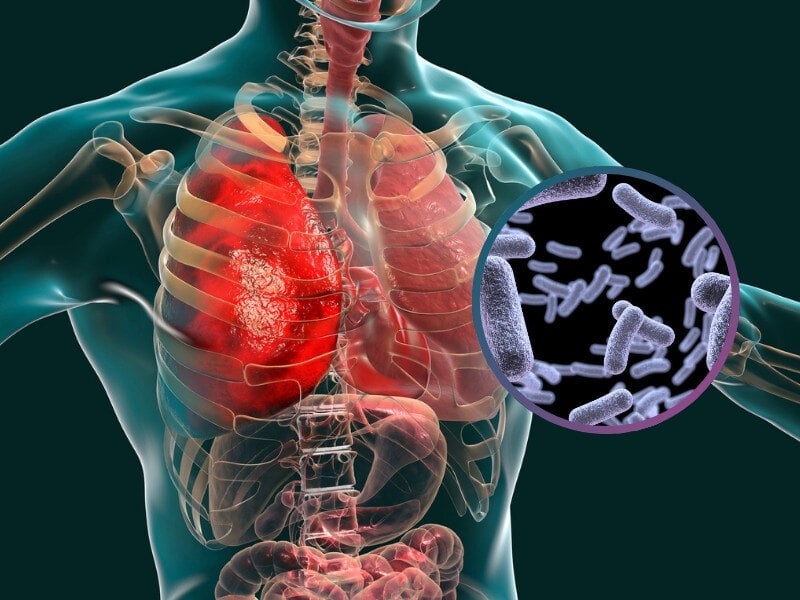Novel Proteomics Biomarkers Show Potential for TB Lateral Flow Test

Researchers out of the University of Southampton have identified a group of six biomarkers which promise to improve diagnosis options for tuberculosis (TB). These biomarkers have the potential to translate into new lateral flow tests for earlier diagnosis of the disease.
A key part of controlling TB is earlier diagnosis which can stop the spread of infection. Many of those that go undiagnosed in these early stages progress to the more deadly stages of the disease.
Speaking to Hospital Healthcare Europe, the study's lead author Hannah Schiff, NIHR Clinical Lecturer of Respiratory Medicine at the University of Southampton, said: "That’s the driver, to try and close that case-diagnosis gap and finding the missing millions."
The study that Schiff and her team have published in the Journal of Clinical Investigation Insight, identified the six TB-specific biomarkers in the blood: "We hypothesized that proteins released into the plasma in active pulmonary TB are clinically useful biomarkers to distinguish TB cases from healthy individuals and patients with other respiratory infections."
To identify these proteins, the researchers used mass spectroscopy-based plasma proteomics to look at the protein expression in a cohort of TB patients' blood plasma. They compared the protein expression results to healthy South African and Peruvian control cohorts.
118 differentially expressed proteins were identified via bioinformatic analysis. The candidates that were drawn from this pool were then validated using analysis from antibody-based proximity extension assays in two ethnic cohorts.
This returned the aforementioned six biomarkers: "A 6-protein diagnostic panel, comprising FETUB, FCGR3B, LRG1, SELL, CD14, and ADA2, differentiated patients with pulmonary TB from healthy controls and patients with other respiratory infections with high sensitivity and specificity in both cohorts."
The study is supported by the NIHR and UK Medical Research Council, the latter of which has been associated with tuberculosis research since its inception. Indeed, the committee's first meeting in 1913 was held to tackle TB after the passing of the National Insurance Act in 1911.
According to the World Health Organization, TB is still the deadliest infectious disease worldwide, killing over one and a half million people each year. This research is a crucial step towards tackling this global pandemic by making the disease easier to diagnose in its earlier stages.
“A third of people who get infected go undiagnosed and remain infectious. In our study, we combined a new measurement technique with deep mathematical analysis to identify these six new markers of TB disease," said Schiff.
She continued: "It could lead to a transformative alternative to diagnosing the condition – a simple test that detects proteins in the bloodstream whose levels differ between people with TB, healthy individuals, and those suffering from other respiratory illnesses.”







